The bar-tailed godwit performs one of nature’s most extraordinary feats – flying nonstop for over 11,000 kilometers across the Pacific Ocean from Alaska to New Zealand without food, water, or rest. This remarkable migration has evolved over millennia and represents one of the most extreme endurance events in the animal kingdom. But what would happen if this incredible migratory behavior suddenly disappeared? The consequences would extend far beyond these remarkable birds themselves, affecting ecosystems, biodiversity, and even our understanding of biological adaptation. In this article, we’ll explore the potential ripple effects that would follow if the bar-tailed godwit’s nonstop flight suddenly vanished from our world.
The Remarkable Journey of the Bar-tailed Godwit
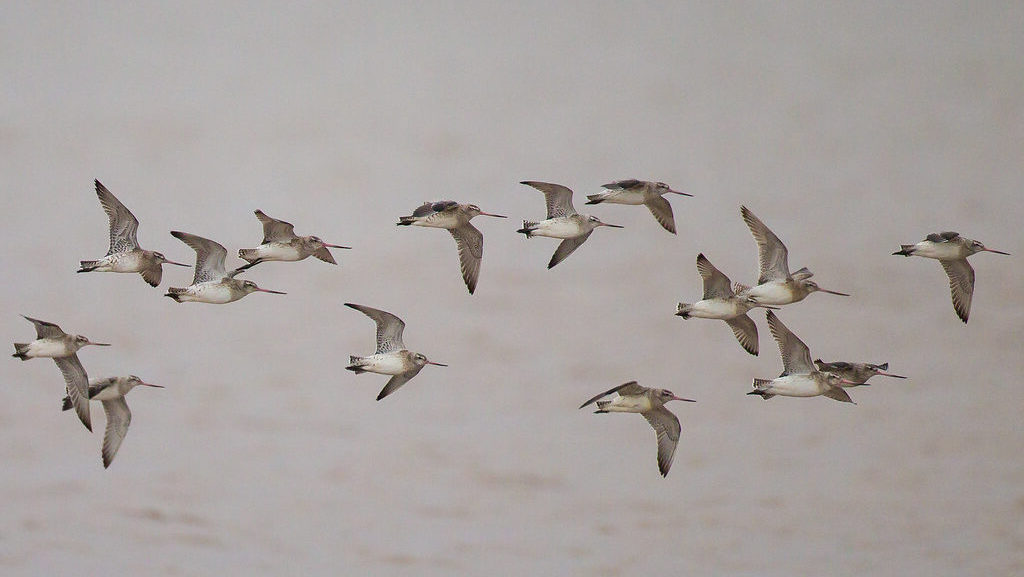
The bar-tailed godwit (Limosa lapponica) undertakes what is arguably the most impressive nonstop migration of any bird species on Earth. Flying from Alaska to New Zealand, these birds travel for approximately nine days straight without landing once to rest, eat, or drink. During this journey, they shrink their internal organs to reduce weight, nearly double their body mass before departure, and transform their bodies into highly efficient fat-burning machines. This migration isn’t just a display of extreme endurance but represents millions of years of evolutionary adaptation that has been fine-tuned to perfection. The birds time their departures with favorable wind conditions and navigate using a combination of celestial cues, magnetic sensing, and possibly even olfactory signals from the ocean below.
Ecological Roles in Multiple Hemispheres
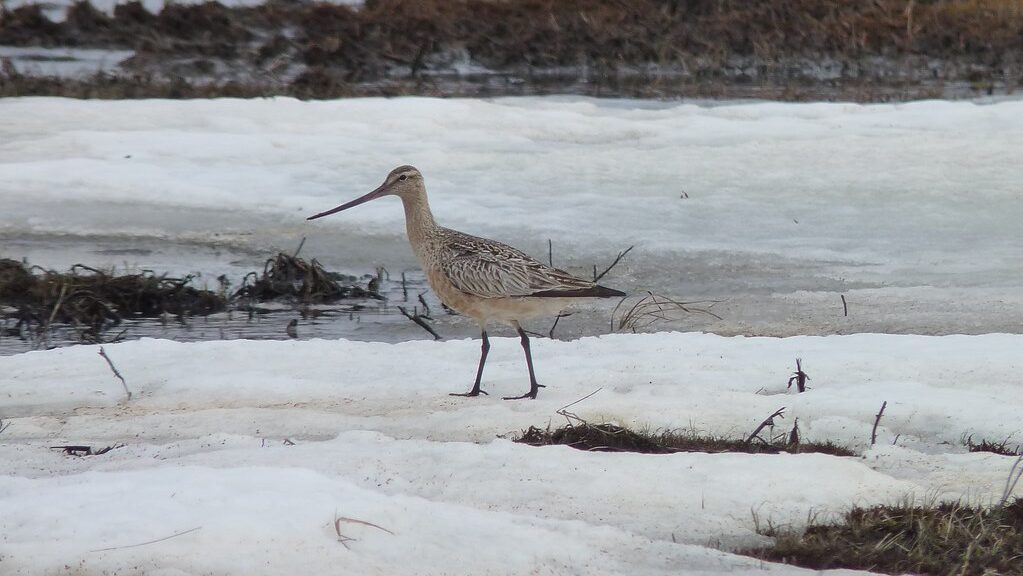
Bar-tailed godwits play critical ecological roles in multiple hemispheres as they migrate between breeding grounds in Alaska and wintering habitats in New Zealand and Australia. In their breeding territories, they help control insect populations and contribute to nutrient cycling in fragile Arctic ecosystems. During stopovers and at wintering grounds, godwits are important predators of marine invertebrates in intertidal zones, helping to maintain the balance of these complex ecosystems. Their droppings also transport nutrients between hemispheres, contributing to soil fertility in their wintering grounds. The disappearance of their migration would create immediate ecological vacuums in multiple locations across the Pacific that other species might not be able to fill adequately.
Food Web Disruptions
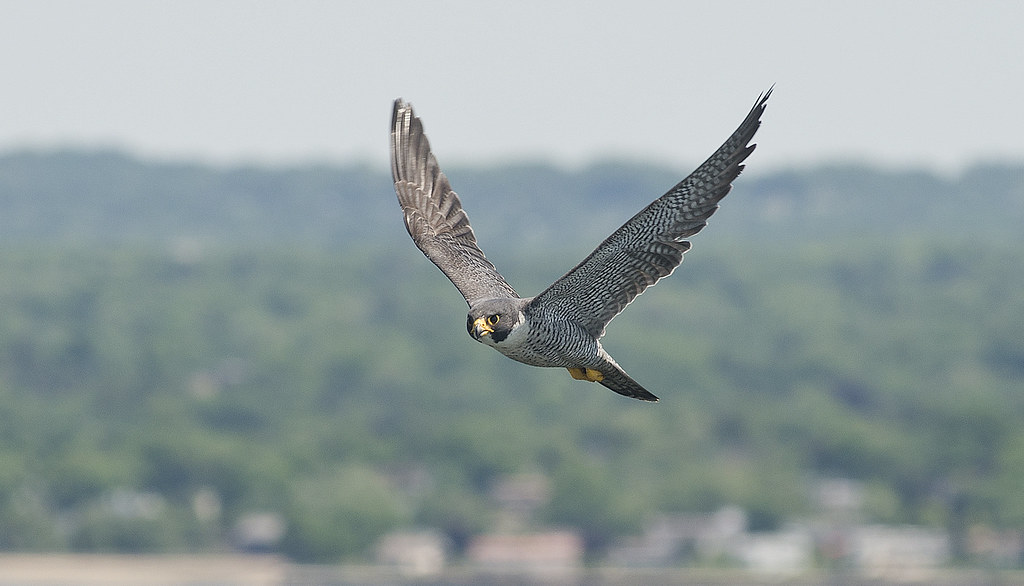
The sudden disappearance of godwit migrations would create significant disruptions in food webs across their range. Predators that rely on godwits as a seasonal food source, including peregrine falcons and other raptors that target exhausted birds arriving at their destinations, would face reduced prey availability. In Alaska’s breeding grounds, the insect populations normally controlled by godwits would potentially experience population booms, affecting vegetation and other wildlife. In New Zealand and Australian mudflats, the absence of godwits would mean certain small marine creatures would face less predation pressure, potentially leading to population imbalances in these intertidal communities. These disruptions would ripple through ecosystems, potentially affecting dozens of other species indirectly connected to godwits through complex ecological relationships.
Impact on Intertidal Ecosystems

Intertidal zones where godwits spend their non-breeding season would experience particularly pronounced effects if these birds suddenly stopped their migrations. These birds consume large quantities of worms, mollusks, and small crustaceans, helping to regulate these populations in coastal mudflats and estuaries. Without godwit predation, certain invertebrate species might proliferate unchecked, potentially outcompeting other organisms and altering the composition of these sensitive ecosystems. The godwits’ feeding behavior, which involves probing deep into mud with their long bills, also aerates sediments and influences nutrient cycling in these environments. The disappearance of this behavior would alter sediment chemistry and potentially affect the health of these productive coastal habitats that serve as nurseries for many marine species.
Cultural and Indigenous Significance

For many indigenous peoples across the Pacific, particularly Māori in New Zealand and native Alaskan communities, the annual arrival and departure of godwits hold deep cultural significance. The Māori refer to the bar-tailed godwit as “kuaka” and their arrival has traditionally signaled seasonal changes and influenced cultural practices for centuries. Many indigenous stories, songs, and cultural knowledge systems incorporate observations of these birds and their remarkable journeys. The loss of godwit migrations would represent not just an ecological disruption but a cultural one, severing connections to traditional knowledge and practices that have been maintained for generations. This cultural impact highlights how deeply intertwined natural phenomena like bird migrations are with human cultural identity and heritage.
Scientific Research Implications

The disappearance of the godwit’s nonstop flight would represent a significant loss to scientific research and our understanding of extreme physiology and migration. Scientists have used godwits as model organisms to study endurance physiology, fat metabolism, sleep patterns during extended activity, and navigation mechanisms. Ongoing research into how these birds accomplish their feat might yield insights applicable to human health, including understanding obesity, muscle atrophy, and sleep deprivation. Without this natural model of extreme endurance, researchers would lose a valuable window into the limits of animal physiology. The sudden cessation of this behavior would also provide a concerning case study in rapid behavioral change that could indicate broader environmental problems affecting other migratory species.
Conservation Status Deterioration
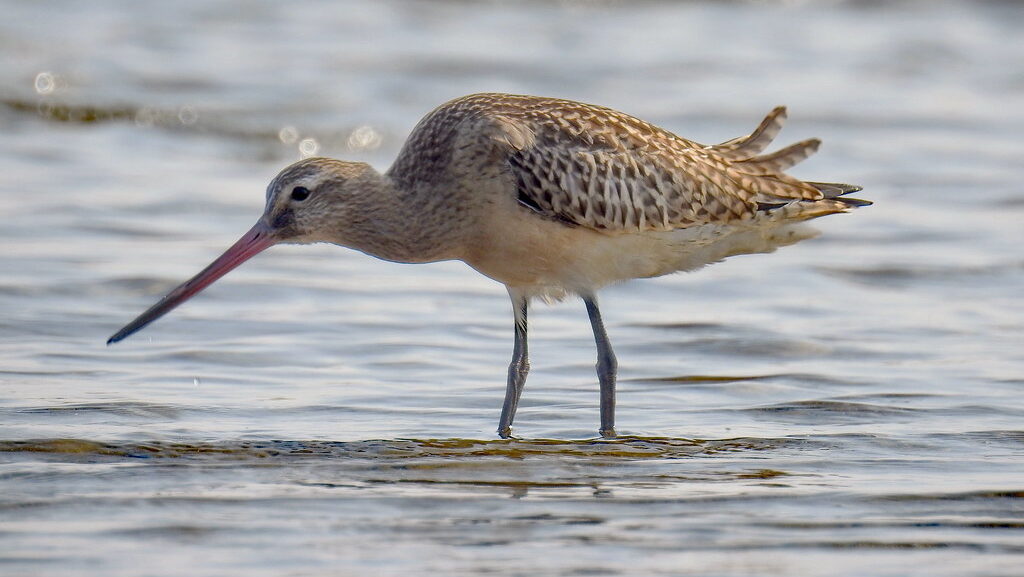
The bar-tailed godwit is already facing threats from habitat loss, climate change, and human disturbance along its migratory route. If their signature nonstop flight behavior disappeared, it would likely indicate severe population stress and could accelerate their decline toward endangered status. Conservation efforts would need to shift dramatically from maintaining migratory corridors to implementing emergency measures to preserve any remaining populations. The subspecies that undertakes the longest migrations, Limosa lapponica baueri, would be particularly vulnerable to extinction if its specialized migratory behavior collapsed. This would reduce the genetic diversity of the species as a whole and potentially make it less resilient to other environmental challenges in the future.
Early Warning System Loss
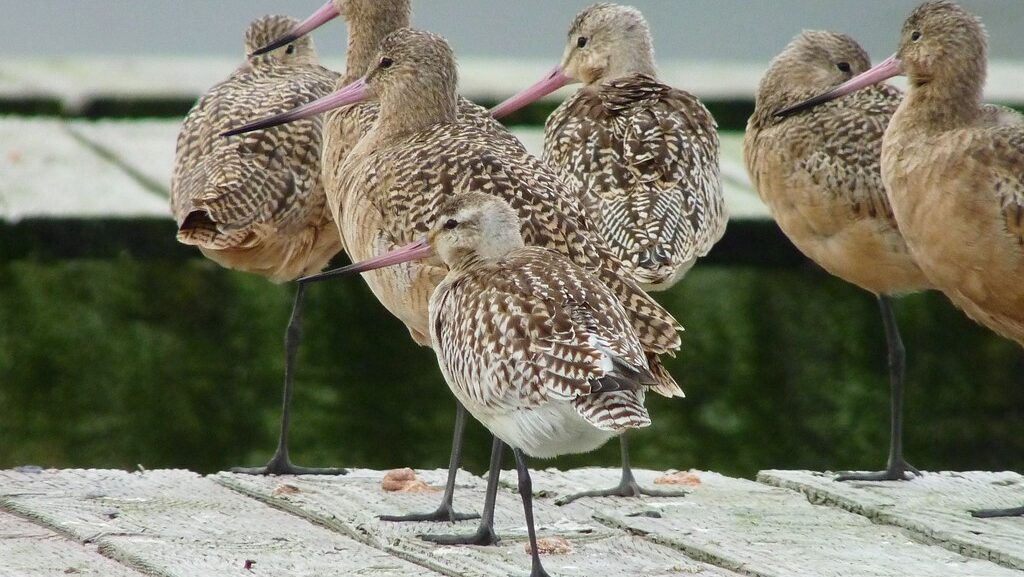
Migratory birds like the bar-tailed godwit function as natural indicators of environmental health across vast geographic areas. Their successful migration requires healthy conditions in multiple habitats across thousands of kilometers, making them sensitive to environmental changes on a global scale. The disappearance of their long-distance migration would serve as a powerful warning signal that something fundamental has changed in the Pacific ecosystem. Scientists consider such dramatic behavioral changes in wildlife to be “canaries in the coal mine” for broader environmental problems that might otherwise go undetected. Without this natural early warning system, environmental degradation affecting multiple habitats might progress further before being recognized and addressed by conservation efforts.
Potential Causes of Migration Failure
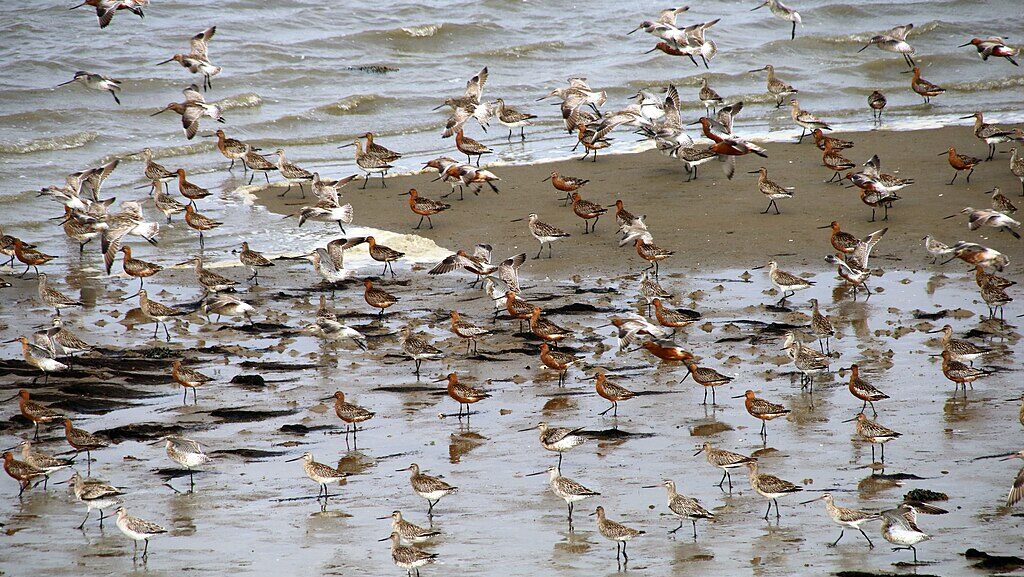
Understanding why godwit migrations might suddenly cease is crucial for conservation planning and prevention. Climate change represents perhaps the most significant threat, as it alters wind patterns that godwits rely on for their journey and affects the timing of food availability at critical points along their route. Habitat destruction, particularly in staging areas where birds prepare for long flights by accumulating fat reserves, could make long migrations physically impossible. Pollution, particularly microplastics and chemical contaminants that accumulate in the marine food web, might affect the birds’ physical condition and navigational abilities. Finally, human disturbance and development in critical coastal habitats could force birds to waste precious energy avoiding threats rather than feeding and preparing for migration.
Tourism and Economic Impacts

The annual arrival and departure of bar-tailed godwits has become a significant ecotourism attraction in both New Zealand and Alaska. Birdwatchers from around the world travel specifically to witness these remarkable migrations, contributing to local economies through tourism spending. In places like the Pukorokoro Miranda Shorebird Centre in New Zealand, godwit-focused tourism supports conservation efforts, education programs, and local businesses. The disappearance of godwit migrations would impact these economies and potentially reduce public engagement with wetland conservation efforts. The economic value of these migrations demonstrates how natural phenomena can provide sustainable economic benefits to communities when properly preserved and appreciated.
Alternative Migration Patterns

If conditions made the traditional nonstop flight impossible, godwits might attempt to adapt by developing alternative migration strategies rather than abandoning migration entirely. They might shift to shorter flights with stopovers, similar to the strategies used by other migratory shorebirds that island-hop across the Pacific. Another possibility is that they might change their migratory timing to coincide with more favorable weather conditions or shift their routes to follow coastlines rather than crossing open ocean. Some populations might even attempt to become resident in their breeding areas, though this would require significant physiological adaptations to survive Arctic winters. The success of these alternative strategies would depend on the birds’ adaptive capacity and the availability of suitable stopover habitat along potential new routes.
Conservation Strategies to Prevent Migration Collapse
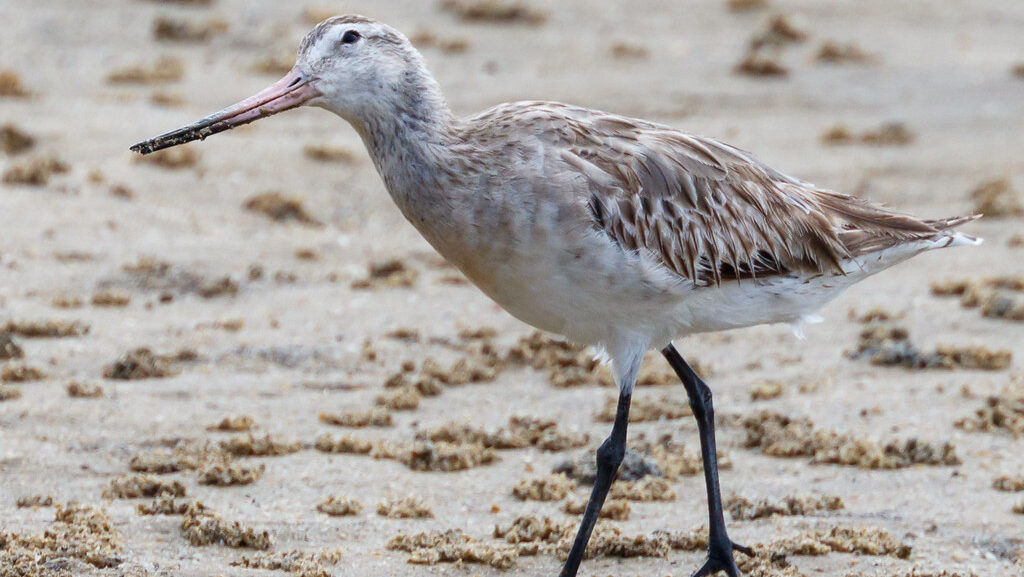
Preventing the collapse of godwit migrations requires coordinated international conservation efforts across their entire range. Protecting key staging, stopover, and wintering habitats from development and degradation is the most immediate priority, particularly in coastal areas facing pressure from urban expansion and sea level rise. International agreements like the East Asian-Australasian Flyway Partnership provide frameworks for cross-border cooperation to protect migratory birds and their habitats. Reducing climate change impacts through global emissions reductions remains essential for preserving the wind patterns godwits rely on for their journey. Research and monitoring programs that track godwit populations and migration success can provide early warnings if interventions are needed before collapse occurs.
The Evolutionary Future Without Long-Distance Migration
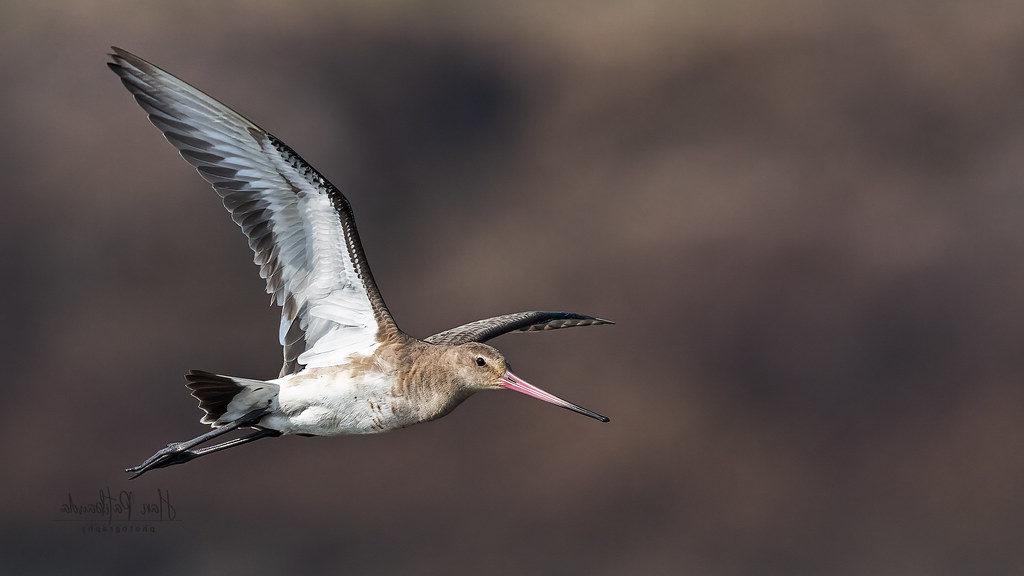
If bar-tailed godwits permanently lost their ability to perform nonstop flights, their evolutionary trajectory would fundamentally change. The intense selection pressures that shaped their remarkable physiological adaptations for long-distance flight would disappear, potentially leading to the loss of these specialized traits over generations. Their bodies might gradually revert to less extreme forms, with reduced capacity for fat storage and fuel efficiency. Populations might become more genetically isolated as they adapt to local conditions rather than maintaining gene flow through migration. Over evolutionary time, what was once a single species might diverge into multiple distinct populations adapted to their respective local environments. This genetic and morphological transformation would represent a profound example of rapid evolution in response to behavioral change.
Lessons for Human Conservation Efforts

The potential disappearance of godwit migrations offers important lessons for broader conservation efforts. It highlights the interconnectedness of seemingly distant ecosystems and the need for conservation planning at continental and hemispheric scales rather than just protecting isolated reserves. The godwit’s journey demonstrates how species rely on sequential habitats throughout their life cycles, underlining the importance of protecting complete ecological networks. Their potential migration collapse serves as a sobering reminder of how behaviors that evolved over millions of years can disappear in just a few human generations through environmental change. Perhaps most importantly, the godwit story emphasizes that conservation is not just about preserving species as static entities but about maintaining the dynamic ecological processes and behaviors that define their roles in the natural world.
Conclusion
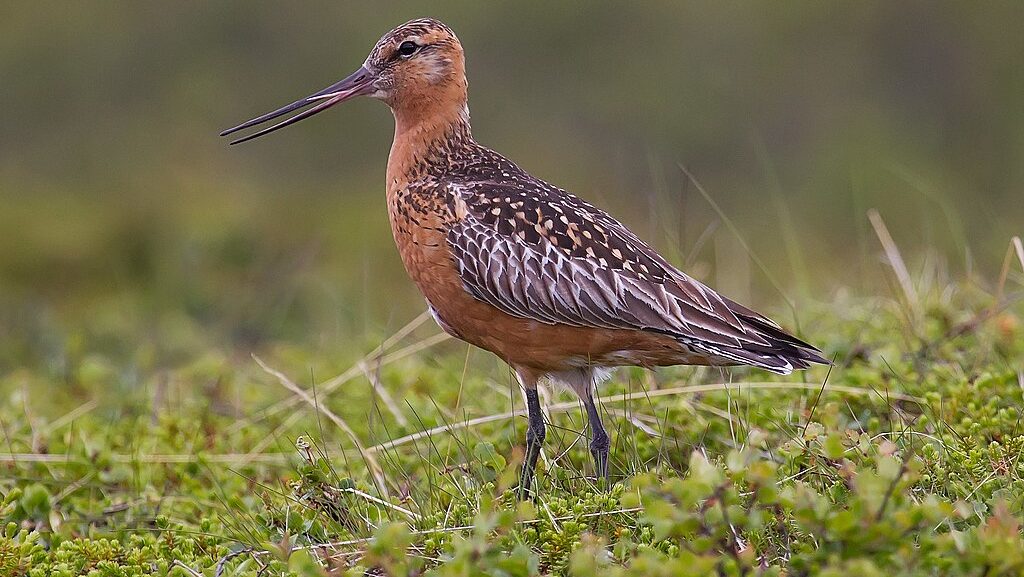
The bar-tailed godwit’s nonstop flight represents one of nature’s most remarkable adaptations – a perfect synthesis of navigational ability, physiological transformation, and evolutionary optimization. Its potential disappearance would signify far more than the loss of an impressive world record in animal endurance. It would indicate fundamental disruptions in Pacific ecosystems, affect communities and food webs across hemispheres, and signal broader environmental changes threatening other migratory species. By understanding what we stand to lose if this migration vanishes, we gain perspective on the importance of preserving not just species themselves, but the remarkable behaviors and ecological relationships that make them unique. The godwit’s journey reminds us that nature’s most extraordinary phenomena often hang in a delicate balance, requiring our awareness and protection to endure for future generations.
